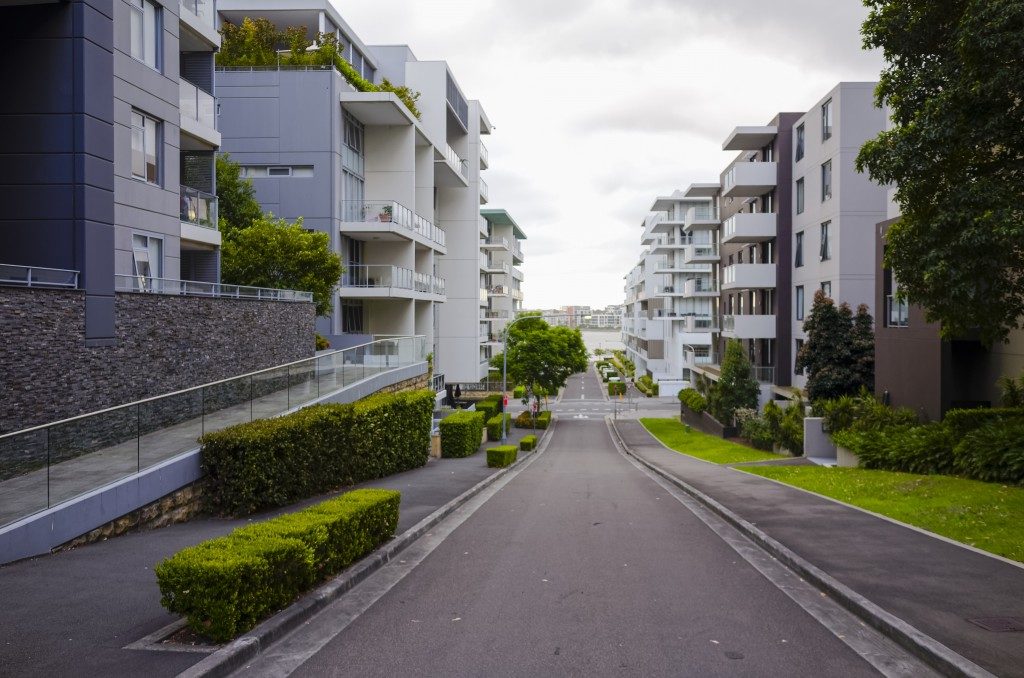- Emphasize hazard identification and mitigation with comprehensive risk assessments and effective strategies.
- Implement a worker-friendly hazard reporting system to encourage proactive hazard identification.
- Establish mandatory use and regular maintenance of Personal Protective Equipment (PPE) to safeguard workers.
- Implement and strictly enforce safety protocols, enhancing them with regular audits and assessments.
- Utilize durable safety signage like stainless steel markings for clear and visible safety communication.
When it comes to the construction of real estate, safety is of utmost importance. The construction industry, particularly real estate construction, has numerous potential hazards that threaten workers’ safety and well-being. Real estate construction companies must prioritize creating a culture of safety that provides workers with a safe and healthy work environment.
In real estate construction, accidents can happen at any stage, from ground excavation to the final touches on a building’s exterior. Consequently, building a safety-oriented culture that focuses on preventing, identifying, and remedying hazardous situations before anything goes wrong is essential.
A safety-oriented culture is more comprehensive than just implementing safety procedures or providing PPE. Still, it also encompasses workers’ training, their involvement in the safety process, and the development of a hazard reporting system.
This blog post aims to highlight the significance of safety-oriented culture in real estate construction and provide best practices to achieve it.
Hazard Identification and Mitigation
Hazard identification and mitigation should be the priority in any construction project. It is crucial to identify potential hazards that may arise during construction and have a plan to mitigate these hazards.
Risk Assessment and Hazard Mitigation Strategies
Employers must conduct a comprehensive risk assessment to identify which hazards pose the highest risk to workers and implement effective mitigation strategies. All identified risks should be documented in a risk register to ensure they are continuously monitored and managed throughout the project.
Some examples of hazard mitigation strategies include redesigning work processes, providing additional PPE, and introducing administrative controls like warning signs or barriers.
Creating a Hazard Reporting System for Workers
Creating a hazard reporting system is essential to creating a culture of safety. Employers should encourage workers to report hazards by providing a platform for reporting that is easily accessible, confidential, and user-friendly.
A hazard reporting system should have a designated person responsible for handling the reports promptly. Furthermore, employers should provide feedback to workers who submit hazard reports to ensure their concerns are taken seriously.

Personal Protective Equipment (PPE)
Personal Protective Equipment (PPE), such as safety helmets, gloves, and safety shoes, is critical to protecting workers from workplace hazards.
Providing and Ensuring the Proper Use of PPE
Employers must provide the necessary PPE for the identified hazards and enforce the use of PPE in high-risk areas. The employer can conduct regular inspections and audits to ensure workers use PPE properly.
Employers should also communicate the importance of PPE to all workers and encourage them to report any issues they have with the PPE provided to them.
The Significance of PPE in Preventing Injuries
The use of appropriate PPE has been shown to reduce the occurrence and severity of injuries in the workplace. Effective use of PPE can contribute to a safer working environment, reducing the number of accidents and the severity of injuries.
Maintaining and Inspecting PPE Regularly
Employers must ensure that PPE is well-maintained and regularly inspected. PPE that is not well-maintained or unfit for use can increase the likelihood of workplace accidents and injuries.
Employers should provide training on inspecting and maintaining PPE to workers and ensure that PPE is regularly inspected and replaced if necessary.
Safety Protocols and Procedures
Implementing safety protocols and procedures is vital to creating a safe working environment. These protocols should cover crucial areas.
Implementing and Enforcing Strict Safety Protocols
Implementing safety policies is one thing, but enforcing them is another. To reinforce safety adherence, the management should hold regular safety meetings to reach out to employees and highlight the importance of safety.
The existing safety policies should be reiterated, and employees should be allowed to provide feedback on their effectiveness.
Conducting Regular Safety Audits and Assessments
Regular safety assessments and audits can highlight potential safety concerns that might have gone unnoticed. Audits should be conducted regularly by a professional safety consultant to identify safety hazards and formulate strategies to mitigate them effectively.
Additionally, such audits help ensure the organization’s financial stability, as potential hazards can be addressed before they cause accidents and legal suits.
Utilizing Safely Stainless Steel Marking
Using safety signage is essential to maintaining a safety-oriented culture in construction. Signs are a highly effective way of communicating protocols and practices to employees and warning those at risk.
Utilizing safely stainless steel marking for safety signage is an excellent way to ensure your safety messages are clear and visible. This type of signage is resistant to the adverse environmental effects of weather and temperature variations, making it reliable for conveying safety information.

A safety-oriented culture is essential in real estate construction. Adopting a safety-oriented culture requires creating an effective hazard reporting system, conducting regular risk assessments, and establishing effective hazard mitigation strategies.
Personal protective equipment is also critical to ensuring a safer working environment, and employers must ensure that PPE is provided, used correctly, and regularly inspected. Prioritizing safety in the workplace is critical to avoiding accidents and injuries and building a safer and healthier work environment for all.



